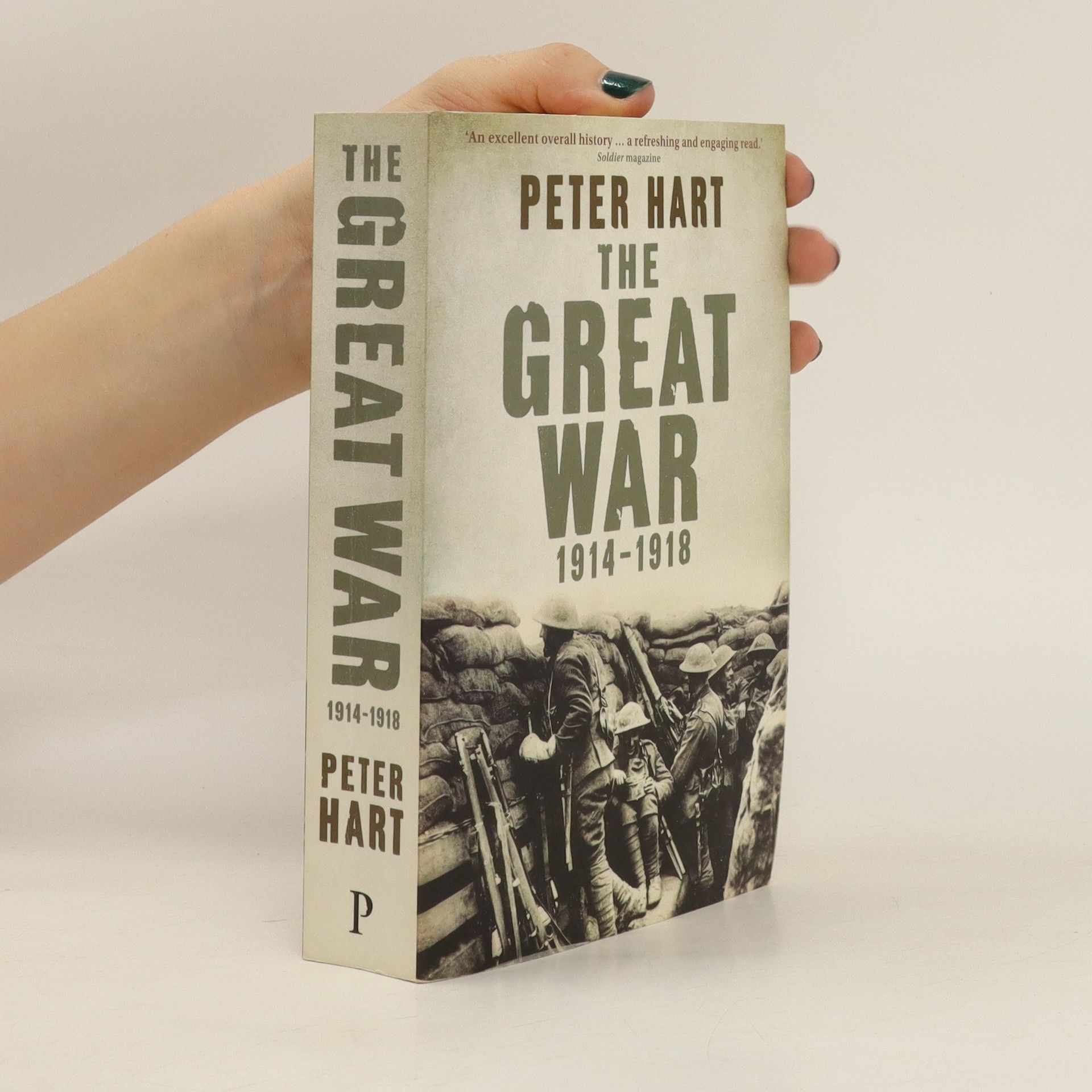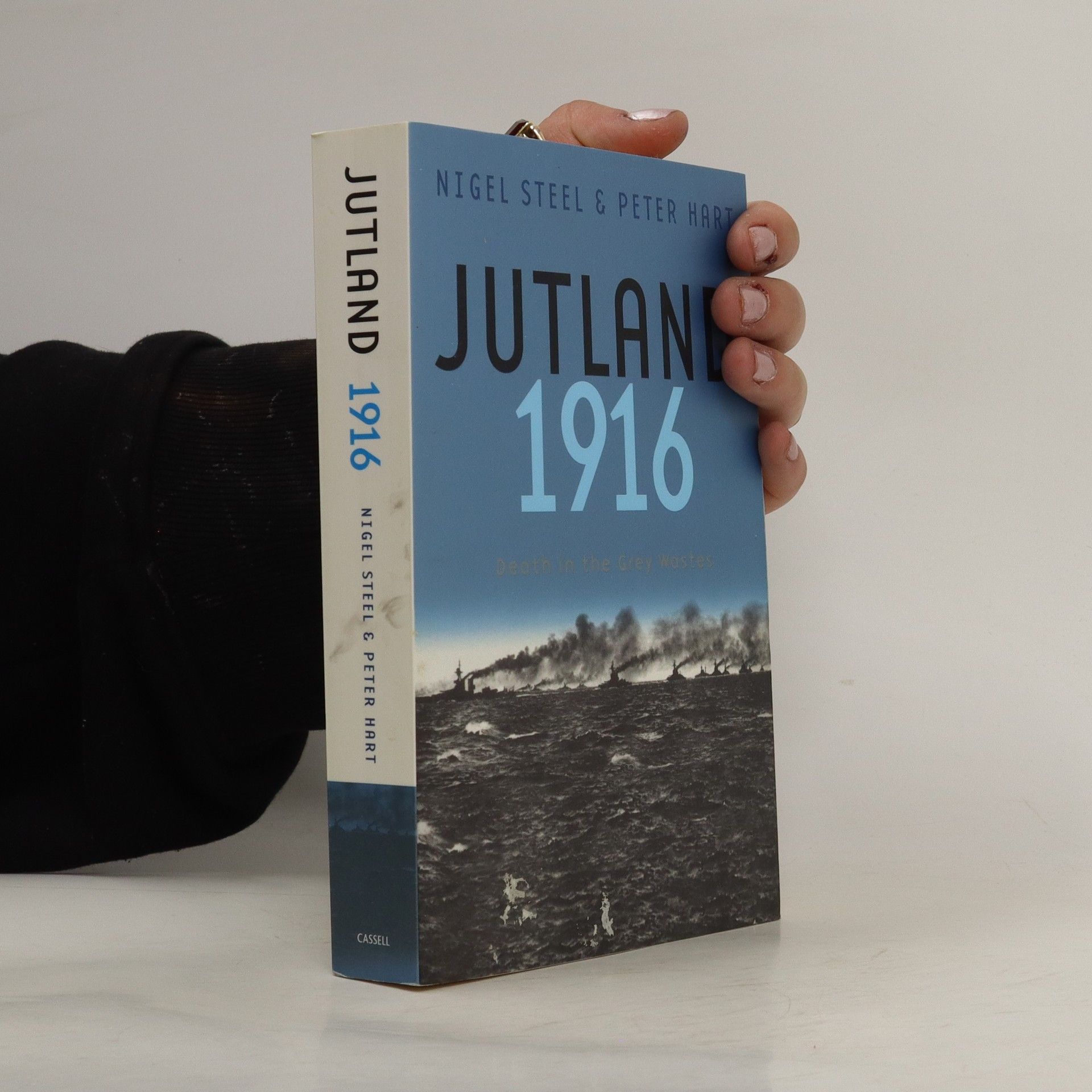A close-up at the sharp end of armoured warfare.
Peter Hart Boeken






At Close Range
- 576bladzijden
- 21 uur lezen
The best way to understand what it was like to fight in the Second World War is to see it through the eyes of the soldiers who fought it. The South Notts Hussars fought at almost every major battle of the Second World War, from the Siege of Tobruk to the Battle of El Alamein and the D-Day Landings. Here, Peter Hart draws on detailed interviews conducted with members of the regiment, to provide both a comprehensive account of the conflict and reconstruct its most thrilling moments in the words of the men who experienced it. This is military history at its best: outlining the path from despair to victory, and allowing us to share in soldiers' hopes and fears; the deafening explosions of the shells, the scream of the diving Stukas and the wounded; the pleasures of good comrades and the devastating despair at lost friends.
Aces Falling
- 386bladzijden
- 14 uur lezen
How the age of the great WWI aces came to an end in the skies over the Western Front
Jutland 1916
- 480bladzijden
- 17 uur lezen
On 31 May, 1916, the great battle fleets of Britain and Germany met off Jutland in the North Sea. It was a climactic encounter, the culmination of a fantastically expensive naval race between the two countries, and expectations on both sides were high. For the Royal Navy's Grand Fleet, there was the chance to win another Trafalgar. For the German High Seas Fleet, there was the opportunity to break the British blockade and so change the course of the war. But Jutland was a confused and controversial encounter. Tactically, it was a draw; strategically, it was a British victory. Naval historians have pored over the minutiae of Jutland ever since. Yet they have largely ignored what the battle was actually like for its thousands of participants. Full of drama and pathos, of chaos and courage, JUTLAND, 1916 describes the sea battle in the dreadnought era from the point of view of those who were there.
The Great War
- 608bladzijden
- 22 uur lezen
The Great War was the first truly global conflict, and it changed the course of world historyIn this magnum opus, critically-acclaimed historian Peter Hart examines the conflict in every arena around the world, in a history that combines cutting edge scholarship with vivid and unfamiliar eyewitness accounts, from kings and generals, and ordinary soldiers. He focuses in particular on explaining how technology and tactics developed during the conflict - and determines which battles were crucial to its outcome. Combatants from every corner of Earth joined the fray, but their voices are rarely heard together. This is a major history of the conflict whose centenary is fast approaching.Published in paperback for the anniversary of the conflict, this is a pioneering and comprehensive account of the First World War, comparable to Anthony Beevor or Max Hastings.
Set against the backdrop of 1880s Khartoum, the narrative explores the tumultuous political landscape shaped by Khedive rule, Egyptian nationalism, and the Mahdi's rise. The story highlights the complexities of Victorian Britain's colonial ambitions and the pressures faced by Prime Minister Gladstone, especially following the siege of Charles Gordon. Through vivid accounts of battles and civilian struggles, it reveals the harsh realities of imperialism while featuring notable figures like Captain Herbert Kitchener, foreshadowing their future roles in World War I.
The latest volume in Peter Hart's 'British Band of Brothers' series, combining gripping history with vivid eyewitness testimony
A fresh approach to researching day to day life in trench warfare.
Kniha mapuje vývoj a nasazení britských leteckých sil v 1. světové válce. Přestože o výsledku 1. světové války rozhodovaly těžké pozemní bitvy s nasazením obrovského počtu vojáků a "královnou zbraní" bylo nazýváno dělostřelectvo, do popředí se stále víc a víc dostávala nová složka armády - letectvo. Dosud netušené možnosti poskytl letecký průzkum, letecká navigace dělostřelecké palby, bombardování pozic i zatím nedotknutelného týlu nepřítele. Autoři se nepokoušejí podat výklad plný technických údajů, nezmiňují všechny typy letadel či eskadry RFC, RNSA a RAF, šlo jim spíše, samozřejmě při současném zachycení celkového vývoje na západní frontě, o širší pohled na značné technické, organizační a taktické změny, kterými prošlo britské letectvo v krátkém období před, ale zejména během bojů v 1. světové válce.
Memoires van een Duitse vrouw die opgroeide in de DDR. Haar moeder wordt opgepakt, waarna zij vervolgens door vreemden wordt geadopteerd.

